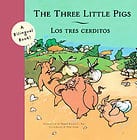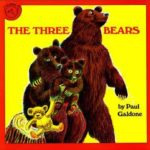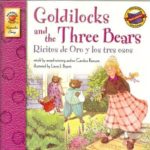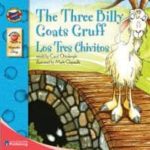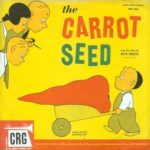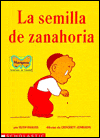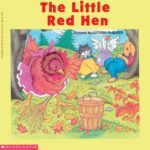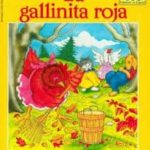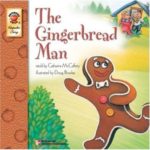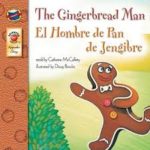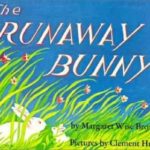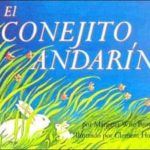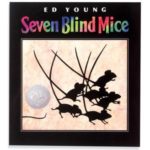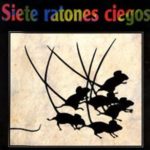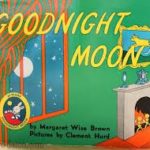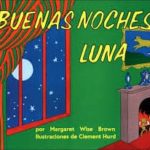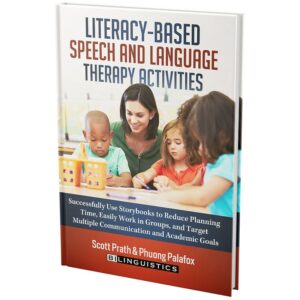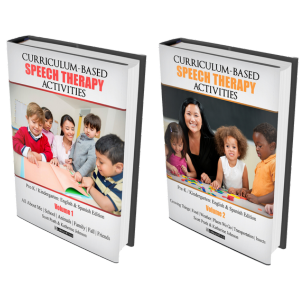 Next in our series of Predictable Books is Pattern Stories!
Next in our series of Predictable Books is Pattern Stories!
This week’s predictable book theme is Patterns – we are looking forward to sharing our favorite books that follow a pattern and why they can be so helpful and easy to integrate into our current therapy!
Pattern stories are the easiest to teach – best known – easiest to find books around. Scenes, characters, and phrases are repeated with minor variations such as in Froggy Gets Dressed or The Three Little Pigs.
Pattern Stories are great for therapy because:
- They can be easily used to teach and practice story retelling skills since they follow a predictable pattern and often include a predictable sequence
- They include a pattern and new vocabulary words that often repeat, which can be helpful for targeting both semantic and phonological/articulation goals
- Often make use of a familiar tone/inflection to which kids can chant along that can facilitate working on phonological and articulation skills – this is built-in repetition of target sounds and words – while still being fun!
- They are great books for using cloze procedures to further engage children in the story and teach new vocabulary, as the pattern repeats, (i.e., Froggy put on his_______)
- Generally revolve around a theme or category that can be used to tie in with grade level curriculum and expand children’s knowledge of basic concepts
 How to use Pattern Stories in Speech Therapy
How to use Pattern Stories in Speech Therapy
As an example, here is one of our favorite Pattern Stories, and how we like to use it in therapy to target a variety of goals:
Froggy Gets Dressed/Froggy Se Viste By Jonathan London
Goal: |
English |
Spanish |
|
Articulation |
/f, initial position, velar sounds /k/, /g/, /r/ blends | /r/ blends, /s/ blends, medial and final /s/, final /r/ |
|
Syntax |
Present (play, sleep, wake, etc., and past tense sentence structures – regular and irregular (put, pulled, tugged, etc.) | Present tense structure and past tense structure (e.g. puso,)- Noun/verb agreement- singular vs. plural |
|
Semantics |
Clothing- socks, boots, hat, scarf, etc.; Weather terms – snow, cold, melt winter | Clothing- calcetines, botas, gorra, bufanda, etc.; Weather terms – nieve, frio, invierno, derritir |
|
Strategies to learn new vocabulary |
New terms- melt, tugged, etc. | New terms- derritir, calzar, atar, guantes, etc. |
|
Wh- questions |
What, who, where, when, why | Qué, quién, dónde, cuándo, por qué |
|
Macrostructure- story elements, structure, organization of a narrative |
Sequencing, Story elements (characters, setting [time and place], problem, solution, initiating event, character intentions and desires, moral) | Sequencing, Story elements (characters, setting [time and place], problem, solution, initiating event, character intentions and desires, moral) |
The benefits of using pattern stories to teach vocabulary
Pattern stories can be extremely helpful in reviewing familiar vocabulary and/or teaching new vocabulary. Like many predictable books, the same theme-based vocabulary will be repeated throughout the book. This gives children multiple opportunities to hear the words, repeat them and increase their understanding of new terms when used in different contexts within the book. This can be a great way to work on articulation and phonological targets and syntax and semantic goals as well.
To further cement their knowledge and use of desired vocabulary, using visuals from the books, we can create many of our own pre- and post-story activities to increase children’s engagement with the material, and keep our lessons motivating and entertaining for little ones.
Below are a few ways we love to use a book to expand one lesson into many – and thus develop a mini-unit based around one story:
- Review and pre-teach new vocabulary using cards with visuals and/or including a surprise bag for smaller ones (can have children guess what’s inside the bag and then label and discuss items)
- Have children draw their own visual for the story and label new vocabulary and practice target words – with Froggy Gets Dressed children can draw themselves and label what they are wearing that day
- While presenting the story, we can use visuals from the book to enable kids to have a more active role in the story-telling process (i.e., puppets for characters, each one assigned to a child in group)
- Create a game board with story visuals to work on articulation target words or wh- questions as a post-story activity
- Have students act out the story to work on their sequencing skills and use of temporal and sequential words
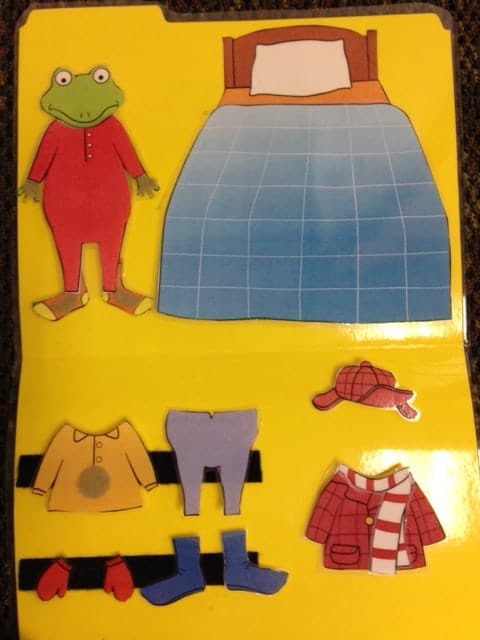
Great Books for Speech Therapy that use Pattern Stories
Below, you will also find a list of some of our other favorite Pattern Stories. Some can only be found in English at this time, but are books that we commonly translate into Spanish and have basic enough vocabulary that it is easy to do on the fly. We have also included direct links to purchase your favorites through Amazon. We would love to hear from you on how YOU use these books in therapy!
If you want to find more great books, please visit our Best Books for Speech Therapy page!


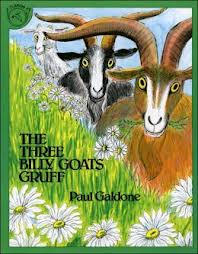 Next in our series of Predictable Books is Pattern Stories!
Next in our series of Predictable Books is Pattern Stories!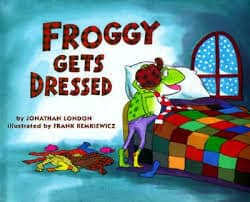 How to use Pattern Stories in Speech Therapy
How to use Pattern Stories in Speech Therapy